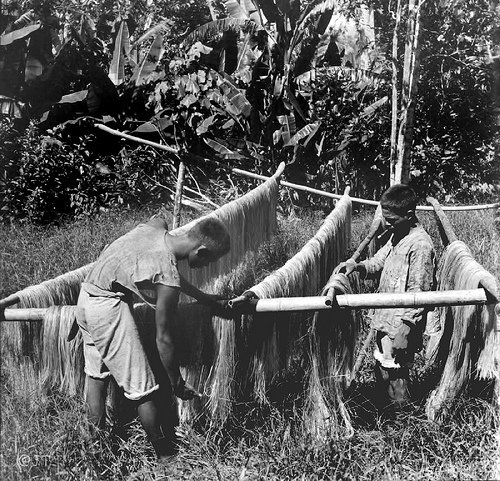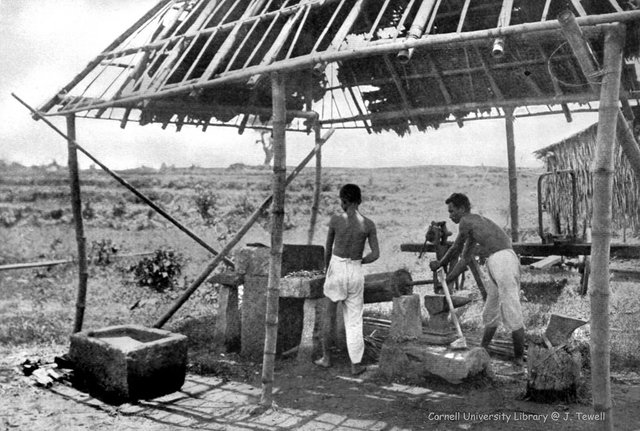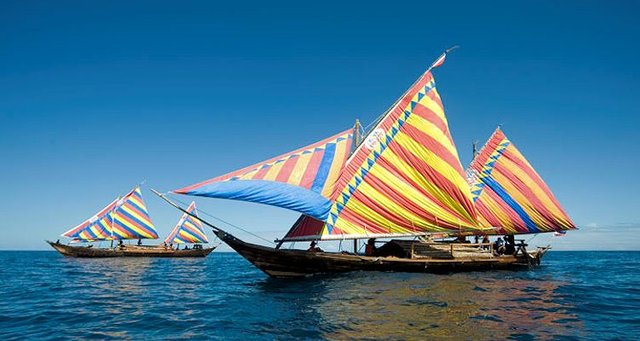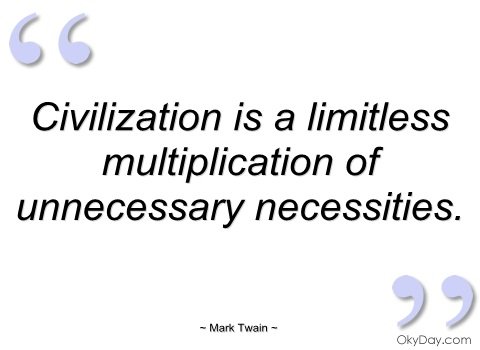Civilization of Filipinos in the 16th Century
Civilization of Filipinos in the 16th Century

Image Source
Whole part of the Settlement can be describe as the discussion of the socio-politics of Filipino during that time; on the basis of power and livelihood that can be found on that time; from the origins of power on the mentioned time; and to the ways and means of communication towards other people overseas.
Chapter
The chapter is usually mistaken as a kind of political group but the truth is, it is a unification of relatives which primary aim is to increase the production of agriculture. The word "balangay" means "boat" (banka). This is a community of relatives which headed by a datu, which from the start they are place in one "balangay" (boat).
The structure of these chapter can be describe as three types of citizens. The first kind is conventional, where the datu and its family came from. The second type is known as "maharlika," a type of citizens composed by the "malalaya" (free). They are not servants or relatives of the datu but they can trade with them and can cultivate the lands of datu by only paying taxes. The third type is the "alipin" (servants) which serve the datu. They are usually those caught in captivity from the enemThe ies of the group.
"Community" on the other hand is a group of barangays that unites forces during the time of war, trade or wedding. The strongest datu in the community is called the King; it could be that he has also power in other community. Like what is already known, the King will become "radya/raha" and later become sultan in some places. The leadership of every chapter is contigent to the datu. Usually he is the strongest, intelligent and richest in the chapter. The basis of "datu" and hero is cognative because a hero can be considered as protector of the chapter against violence. That is why if the datu is not the hero, the chapter has few heros that were instructed to protect the communities. The word "bayani" (hero in english) is equivalent to the word "berani" of Malay.

Image Source
When it comes to fabricating of equipment, the blacksmith is responsible. Like the hero, the word "panday" (blacksmith in english) has equivalent in other civilization like Autronesian. In Sumatra & Indonesia, its "pande" which means accustomed hands. These word also means blacksmith of metal for the Javanese, like the Tagalog & Bicol, wherein the carpenter is also called "panday." Usually a blacksmith is a man, while a weaver and potter is a woman. But when it comes to agriculture, both men and women help each other.
In astronomy, religion & medicine, the "babaylan" (shaman in english) is responsible. They are responsible in ruling the rituals. He also responsible in talking to the idols during harvest time. He is also responsible on the ceremonies taken whenever somebody dies. These different talented individuals has one duty and obligation, to make sure that the whole barangay could live in convenience.
In political aspect, the "datu" is responsible for it. The hero, in its military experience, promotes peace and prosperity. The convenience due to spiritual health is a responsibility of the "babaylan" (shaman). The expertise of blacksmith is also giving convenience by fabricating weapon for the warriors, equipment for building ocean vessel and also to the building of houses. The livelihood of the weavers and potters also contributed to the material convenience of the barangay.
Power: Hari, Radya, Sultan
The datu is not the leader of the simplest political wellness in the Filipino community. He is just the leader of the "balangay" as a group of relatives and other related people. The "hari" (king) is the leader of the community uniting every groups. He will be referred as the strongest "datu" if he managed to unite all other "datus" from other groups. The "hari" (king) then will become "radya/raha" in places that has correlation with Indomalaysia. Upon the arrival of Islam, some "radya" became sultan for the purpose of expanding their territories.

Image Source
River, Ocean & Overseas
Rivers has important role in the formation of Filipino community. It was their form of communication and is also a route for commerce. Tondo and Manila are the example of community that has correlation due to rivers. The ocean is also a force that unites other state village. One of the example is the archipelago of Leyte. It was divided between mountains. On the right side, we can find Samar and Cebu on the left side. Because of the ocean, the Cebuano civilization spread to the right side of Leyte while the right side remains "Waray." It is shown from this example that even though Cebu & Leyte is separate from each other, the oceans can unite them.
Overseas relation brought about the foreign cultures to the Philippines. In the North Luzon, Filipinos communicated to the Japanese. In Pangasinan and La Union, they are also trading with Chinese. Manila, Batangas & Mindoro are also trading with Chinese people. In Visayas, Cebu was their center of trade.
The central theme on the first part of the Filipino history is the gaining of their own independence and level of culture due to the formation of communities as a unification of villages. The communities forwarded to the formation of society in the battle of socio-politics and economy.

Image Source
Source:
History of Filipinos
By: Zeus A. Salazar
good job
Thanks